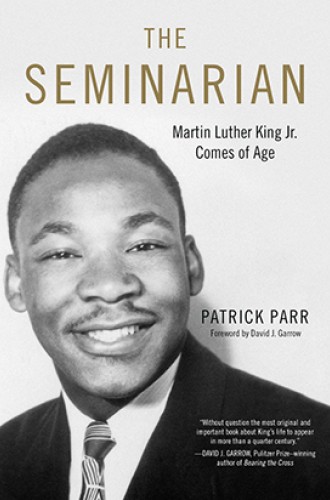The formation of Martin Luther King Jr.
Motivated in part by the whitewashing of a radical legacy, Patrick Parr explores King's seminary years and the roots planted there.
Martin Luther King Jr. is one of the best known and least understood Americans of the 20th century. Fifty years after his assassination, the contrast between his life and memory could hardly be more stark. In the eyes of countless white Americans, King died a communist villain. He has been resurrected as a loveable mascot for an ever-improving American way.
On the January holiday that commemorates his life and legacy, we hear little about King’s strident opposition to racial and economic inequality at home, not to mention his vociferous denunciation of American imperialism abroad. Instead attention is directed to selective snippets from his 1963 “I Have a Dream” speech and especially this line: “I have a dream that my four little children will one day live in a nation where they will not be judged by the color of their skin, but by the content of their character.” Ripped out of context, this one sentence might seem to suggest that King was a cheerleader for colorblind liberalism, seeking only formal, not actual, equality.
But King was far more radical than that. He had democratic socialist sympathies and fought doggedly for a more egalitarian distribution of wealth. The fact that his ties to the progressive labor movement have been scrubbed from the typical story is all the more amazing given that the reason he was in Memphis when gunned down there in April 1968 was to stand with striking sanitation workers.






